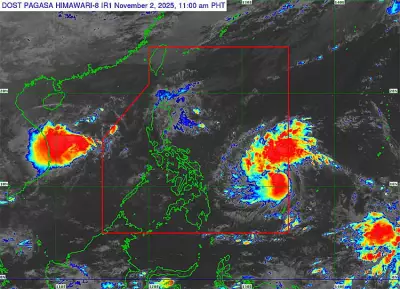
The Philippines is reeling from the catastrophic impact of Typhoon Tino, with rescue teams confirming nearly 90 fatalities as the storm continues to batter the archipelago nation. The powerful typhoon has unleashed unprecedented destruction across multiple regions, leaving emergency services racing against time to reach affected communities.
Rising Death Toll Sparks National Emergency
Rescue operations have been mobilized on an massive scale as the confirmed death count continues to climb. Emergency response teams are facing immense challenges reaching isolated areas where communication lines have been severed and roads rendered impassable by flooding and landslides.
The scale of devastation is staggering, with entire communities submerged under floodwaters and countless families displaced from their homes. Local authorities report that the worst-hit areas are experiencing conditions reminiscent of previous major typhoons that have struck the island nation.
Rescue Efforts Intensify Amid Continuing Storms
Philippine disaster response agencies have deployed all available resources, including military personnel and volunteer organizations, to conduct search and rescue operations. Emergency shelters are being established across affected regions to accommodate the growing number of evacuees.
Coastal communities remain on high alert as Typhoon Tino continues to generate dangerous storm surges and powerful winds. Meteorological experts warn that the storm's trajectory could bring additional rainfall to already saturated regions, exacerbating the flooding situation.
Critical Infrastructure Severely Impacted
- Power outages affecting thousands of households
- Major transportation routes blocked by debris and flooding
- Emergency communication systems compromised in remote areas
- Healthcare facilities operating at maximum capacity
The national government has declared a state of calamity in the most severely affected provinces, enabling faster release of emergency funds and resources. International aid organizations are coordinating with local authorities to provide additional support as the full extent of the damage becomes clear.
Climate Resilience Tested Once Again
This latest disaster highlights the Philippines' vulnerability to extreme weather events, raising urgent questions about climate adaptation strategies and disaster preparedness. Environmental experts note that the frequency and intensity of such storms continue to test the nation's resilience capabilities.
As rescue teams work tirelessly through dangerous conditions, the nation holds its breath, hoping for survivors and preparing for the long recovery ahead. The coming days will be critical in determining the final impact of this devastating natural disaster.





